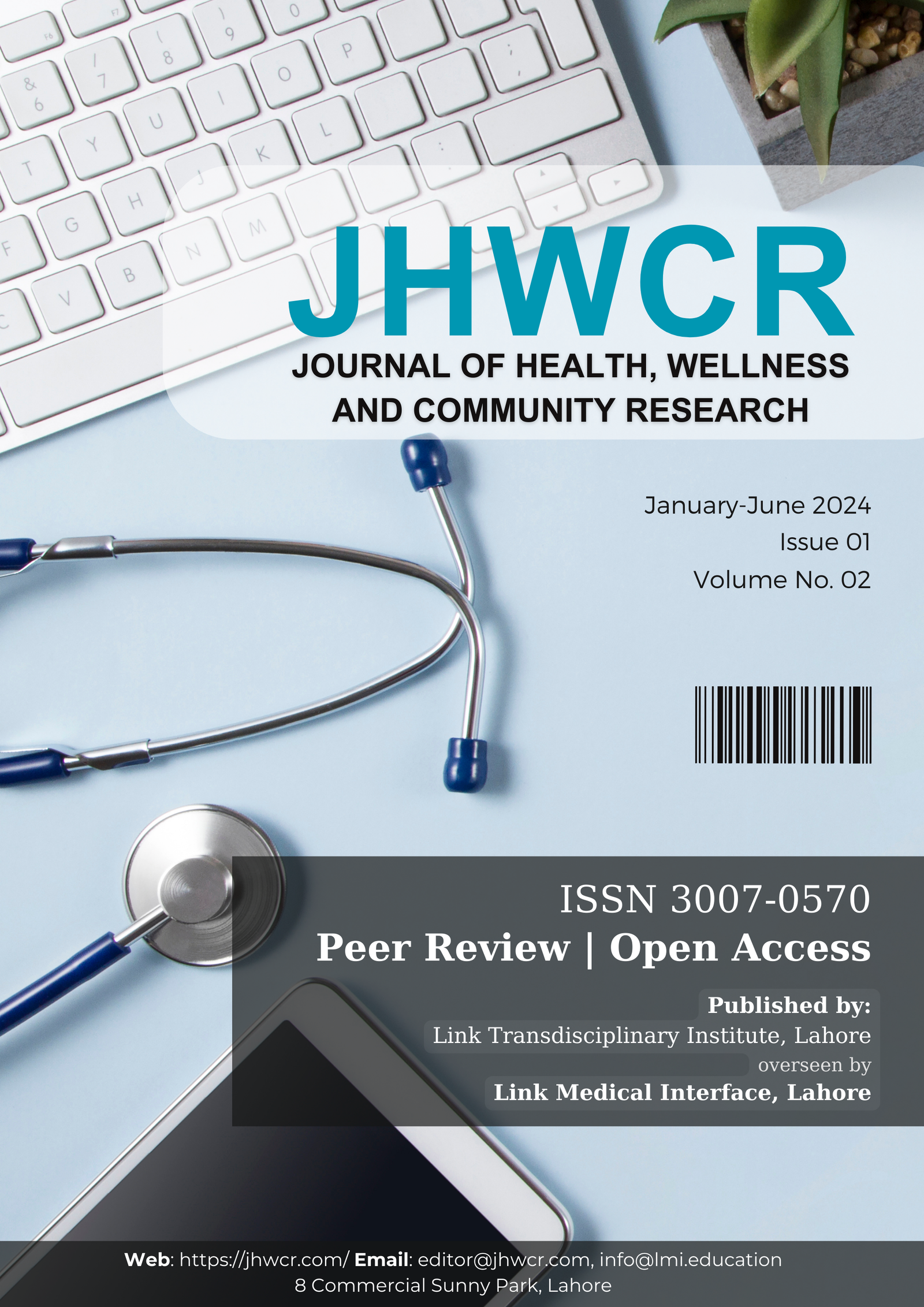Comparing Effects of Analgesic Drugs During Spinal Anesthesia in Orthopedic Surgery
DOI:
https://doi.org/10.61919/3db7gd95Keywords:
Spinal Anesthesia, Orthopedic Surgery, Analgesics, Perioperative Complications, Multimodal Analgesia, Pain Management, Nerve BlockAbstract
Background: Spinal anesthesia is a widely utilized technique for orthopedic surgery, yet variability in perioperative pain and complications persists, and the moderating effects of adjunct analgesic strategies remain underexplored. Objective: This study aimed to assess the moderating effect of various adjunct analgesic techniques—including paracetamol, ketorolac, tramadol, nalbuphine, and peripheral nerve blocks—on perioperative complications in patients undergoing orthopedic surgery with spinal anesthesia. Methods: A cross-sectional, correlational study was conducted among patients (n = 152) undergoing orthopedic procedures under spinal anesthesia at Mayo Hospital Lahore. Adults over 20 years of age without significant cardiovascular, respiratory, or spinal comorbidities were enrolled using convenience sampling. Data were collected using a structured, pre-validated questionnaire, capturing demographics, surgical details, anesthetic technique, adjunct analgesic use, and perioperative complications. Ethical approval was obtained, and all procedures conformed to the Declaration of Helsinki. Statistical analysis was performed using SPSS version 25, employing descriptive statistics, Chi-square tests, correlation, and multiple regression to examine relationships and moderating effects. Results: Quincke needles (78.9%) and 25-gauge needles (67.1%) were most frequently used, with bupivacaine as the primary anesthetic (98%). The incidence of intraoperative hypotension was 57.9%, and postoperative pain was 78.3%. Adjunct analgesic techniques, when applied, were associated with a statistically significant reduction in minor to moderate perioperative complications (β = -0.425, R² = 0.231, p < 0.001). Conclusion: Adjunct analgesic strategies substantially enhance the safety and efficacy of spinal anesthesia for orthopedic surgery, reducing perioperative complications and improving patient outcomes. These findings support the adoption of multimodal analgesia in clinical practice to optimize perioperative care.
Downloads
Published
Issue
Section
License
Copyright (c) 2025 Ahmad Raza, Muhammad Faisal Naeem, Sufyan Ahmad, Hassan Tarrar, Haban Ur Rehman (Author)

This work is licensed under a Creative Commons Attribution 4.0 International License.


